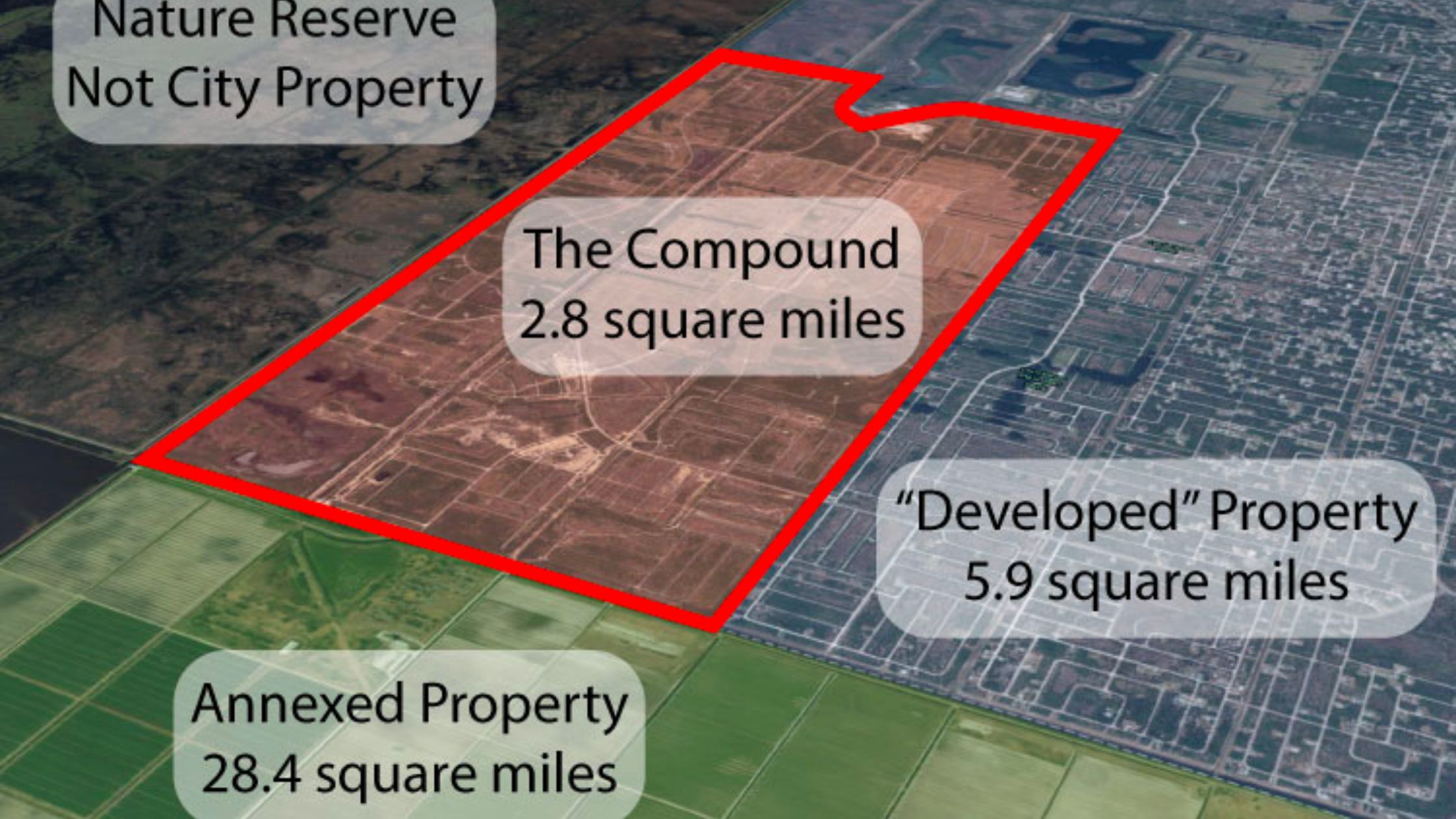The dazzling display of colors observed during a Falcon Heavy rocket’s boost-back maneuver is caused by a combination of physical and chemical processes involving the rocket’s engines and the Earth’s atmosphere.

Weather Is Key
The weather forecast for Cape Canaveral, FL, tomorrow during the launch of a SpaceX Falcon Heavy rocket carrying the X-37B mini-spaceplane, is expected to be around 73°F with a temperature of 75°F. There will be showers in the area with a wind blowing from the south-southwest at about 11 mph. The atmospheric pressure is forecasted to be 29.91″Hg, and humidity levels are expected to be high at 80%. There is a 37% probability of precipitation with an expected rainfall of about 0.08 inches. Visibility during this time is predicted to be around 7 miles with 100% cloud cover. There is only a 10-minute launch window. Given these circumstances it would not be unreasonable to expect a scrubbed launch. The launch window opens at 8:14pm and extends to 8:24pm.
A Cosmic Calligraphy Of Color

It takes clear skies to be able to observe the remarkable effects of hot rocket engine exhaust, cold thin atmosphere and a pinch of solar illumination. When weather conditions are favorable, a Falcon Heavy rocket performing a boost-back maneuver can mesmerize spectators. But what causes these surreal nebulalike clouds of color?
The primary source of the light and color is the engine exhaust. The Falcon Heavy’s engines burn rocket propellant, typically a mix of liquid oxygen and RP-1 (a refined form of kerosene). This combustion process produces a bright flame. The color of the flame can vary depending on the specific chemical composition of the exhaust and the temperature of the combustion. For instance, blue or violet hues can indicate a hotter, more oxygen-rich combustion, while orange or yellow flames may indicate cooler, less efficient combustion.
The Earth’s atmosphere also plays a role. As the rocket ascends and the ambient air pressure decreases, the exhaust plumes expand more widely, often creating a spectacular visual effect. This expansion can cause the exhaust to appear wider and brighter.
When launches occur around sunrise or sunset, the angle of the sunlight can illuminate the exhaust plumes in a unique way. Sunlight can refract through the high-altitude exhaust gases, producing a range of colors similar to a prism effect. This is particularly evident when launches occur at twilight, creating a backdrop that enhances the colors of the exhaust plume.
During a boost-back burn, where the rocket’s engines are reignited to reverse its course and guide it back to the landing zone, these effects can be even more pronounced. The change in velocity and direction can cause variations in the exhaust plume’s appearance, contributing to the color display.
The combination of these factors, along with the sheer power and scale of the Falcon Heavy’s engines, creates the remarkable and colorful visual spectacle observed during its launches.





